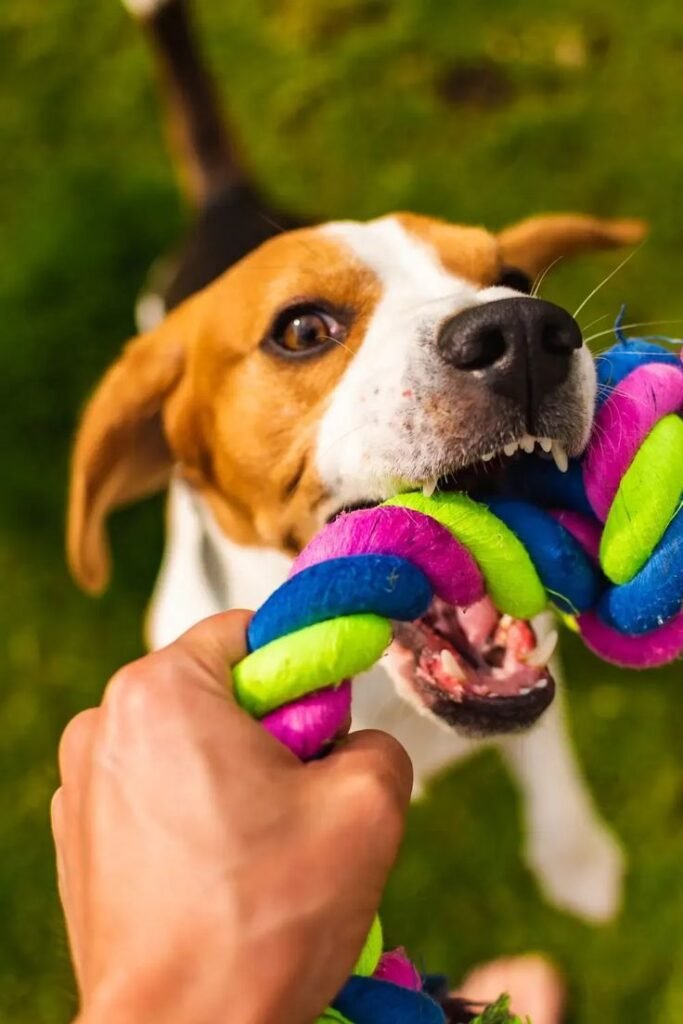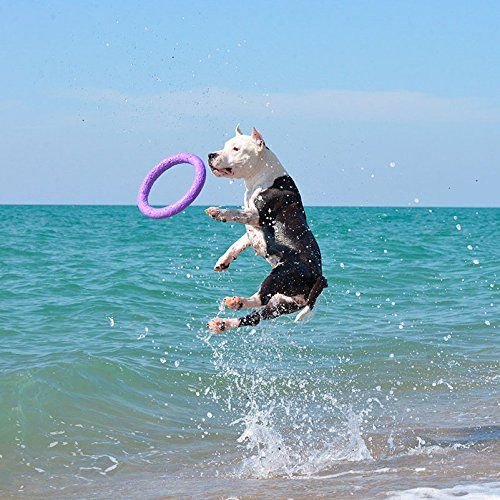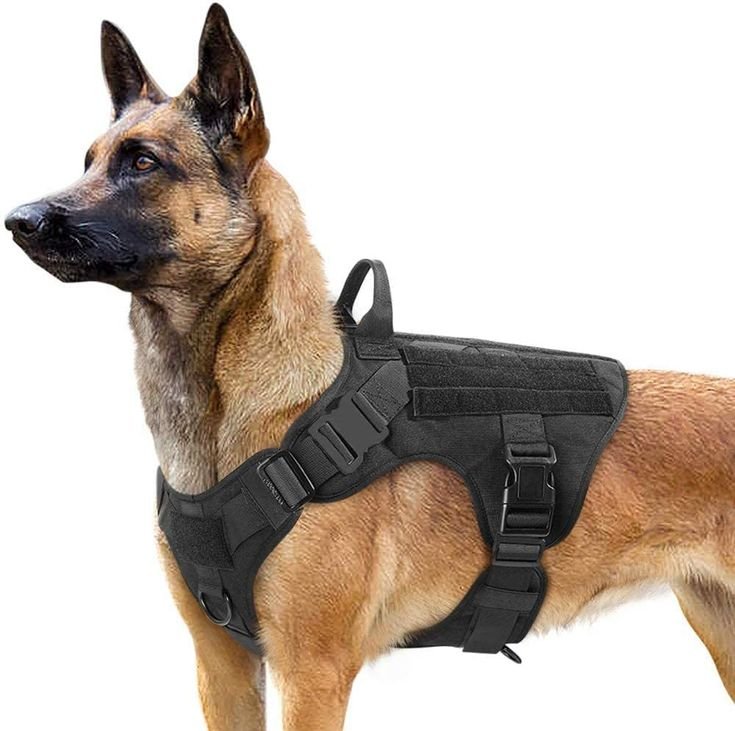Are you ready to start training your dog or puppy? Here are Top Ten Essential Dog Training Supplies in 2025 Proper training and socialization are among your dog’s basic needs. It’s important to start training your canine as soon as possible to sit, stay, come, go to their jalopy, and go to the restroom outside, and believe it or not, it’s something you can do yourself as a freshman.

At first, canine training can feel enough inviting, especially if this is your first canine. The verity is that training your dog is a huge project. However, you’ll find the task to be far less daunting if you take it step by step. Here is some information to help get you started.
Top Ten Essential Dog Training Supplies
Dog Training Basics
Start a dog obedience program. Learn how to set a basic foundation before you begin to train your dog. It will help establish consistent protocols you and your dog will follow, making it easier for everyone.
Use positive reinforcement. Using positive reinforcement to train your dog means you reward the behaviors you like and ignore the behaviors you do not like. Rewards can be treats, playing with a toy, pets, or anything the dog responds to. These rewarding techniques can even be used to train fully potty-trained dogs to ring these clever doggy doorbells to let you know when they need to relieve themselves.
Make training fun. Why would you or your dog want to learn if neither one of you is enjoying the process? Keep training sessions short to prevent frustration, keep your tone light, and be fair to your dog. If you’re both enjoying yourselves, your training sessions will be much more effective.
Tip
Need help with dog training? Consider getting assistance from a dog trainer. Try group classes and/or private lessons, and check here for tips on training programs.
Housetraining and Crate Training
Unless you plan to keep your canine outside and many pet possessors do because it’s not recommended — you’ll need to educate your canine on where to go restroom. Thus, housetraining (also called housebreaking or restroom training) is one of the first affects you need to work on with your canine. Jalopy training can be a veritably helpful part of the training process. It includes housetraining as well as numerous other areas of training.
Jalopy training tykes and puppies, then, are the basics of training your canine or puppy dog to accept and, indeed, enjoy the jalopy. Not only will it help with housebreaking, but it’ll also give your canine a place of his own.
How to housetrain your canine when it comes down to it, housetraining isn’t that complicated, but this does not mean it’s easy. Thickness and industriousness are crucial during the housebreaking process.
Amenable/ excitement urination in tykes, if you’re canine, is still having accidents in the house; it may be further than a simple housebreaking issue. Your canine might urinate out of excitement or to express amenable gets attention.

Leash Training Dogs and Puppies
Every canine needs to learn to walk on a leash. Besides the fact that utmost areas have leash laws, there will be times when keeping your canine on a leash is for his safety. Learn how to introduce your canine or puppy dog to a leash and a no-pull harness, and also educate him how to walk duly on it, indeed beside you on a bike. A loose leash walk teaches your canine not to pull or submerge when on the leash, making the experience more pleasurable for both you and your canine.
How to fraternize tykes and Puppies
Socialization means training your puppy dog or adult canine to accept new people, creatures, and colorful places by exposing him to these effects. Mingled tykes are less likely to develop problems and are generally more eaten by others. Socialization can also help the development of fears and phobias.
The nethermost line is that fraternizing with your canine or puppy dog will make him a happier, well-conducted canine.
Clicker Training for Dogs
Clicker training, a common form of positive underpinning, is a simple and effective canine training system. Although it’s still fine to train your canine without clicker training, numerous people find it helpful. With clicker training, you can fluently and effectively educate your canine on all kinds of introductory and advanced commands and tricks. It’s fast and easy to learn how to clicker train your canine.
Basic Commands and Fun Tricks
There are some introductory canine training commands and canine tricks that every canine should know, like come, speak, drop it, stay, back over, and more. Basic commands give your canine structure. In addition, they can help you overcome common canine gets Problems and will help keep your canine safe.

How to Train Your Canine to Stay
What is more fun than showing off your canine’s cool tricks? Once you master the basics, tricks are a great way to take your canine training to the coming position and give your canine some internal stimulation.
Proofing Actions and Troubleshooting
Proofing is the last step in training your canine to do any new gets. Learn how to proof actions, so your canine will be as biddable at the demesne or a friend’s house as he’s in your living room.
Flashback: just because you have reached the final stages of training, it does not mean that you get Problems will not crop up. Learn about the most common canine gets Problems and how to deal with them. These attendants will help you navigate this part of the training process.
Practice, practice, practice. Exercise actions in a variety of places with different situations of distraction. Without proofing, your canine may bear well in your living room but seems to forget all dog training when it’s outside the house.
Fete common canine gets Problems. Understanding implicit gets Issues can help you describe and address them before effects get out of control.
Advanced Dog Training
Once your canine has learned all the basics, consider moving on to more advanced tricks or training your canine to do canine sports. This conditioning will help keep your canine active, fit, and mentally stimulated. Plus, they will help strengthen the bond you have with your canine companion.
Flashback to that training is an ongoing process. You’ll in no way be fully finished. It’s important to keep working on obedience training throughout the life of your canine. People who learn a language at a young age but stop speaking that language may forget much of it as they grow aged. The same goes for your canine: Use it or lose it. Running through indeed the most introductory tricks and commands will help them stay fresh in your canine’s mind. Plus, it’s a great way to spend time with your canine.

FAQ
How numerous hours a day should you train your canine?
Short canine training sessions are stylish to ensure he does not feel overwhelmed, bothered, disinterested, or wearied. Indeed, just as many twinkles at a time can make a difference. You do not need to train your canine for an hour or further diurnal to get results; rather, you can move through several short training sessions throughout the day, covering your canine’s responses to figure out when he’s had enough.
How do you train your canine to ignore other tykes?
While your canine should always be leashed when out, there are other ways to train him to be unbothered by other tykes while on walks. Keep a distance from other tykes while out and call your canine’s name whenever he notices another canine, awarding them with a treat. You can continue this process, gradationally getting a little near to tykes while encouraging your doggy to ignore them and awarding him with a treat.
How do you train your canine not to run down?
Numerous experts believe that chasing a canine that’s running down will only encourage him to run further because the canine thinks this is a game. Start training your canine to stay with you by sluggishly walking down from him, also calling his name and awarding him with a treat when he comes to you. You can indeed add to this training by spending time with musketeers, having them call your canine, and giving him a treat when he comes to them.
How do you train your canine not to jump on people?
Launch by asking your canine to” sit” and asking people not to approach. However, offer him a treat if your canine is approached and obeys this command. Underpinning is crucial!
